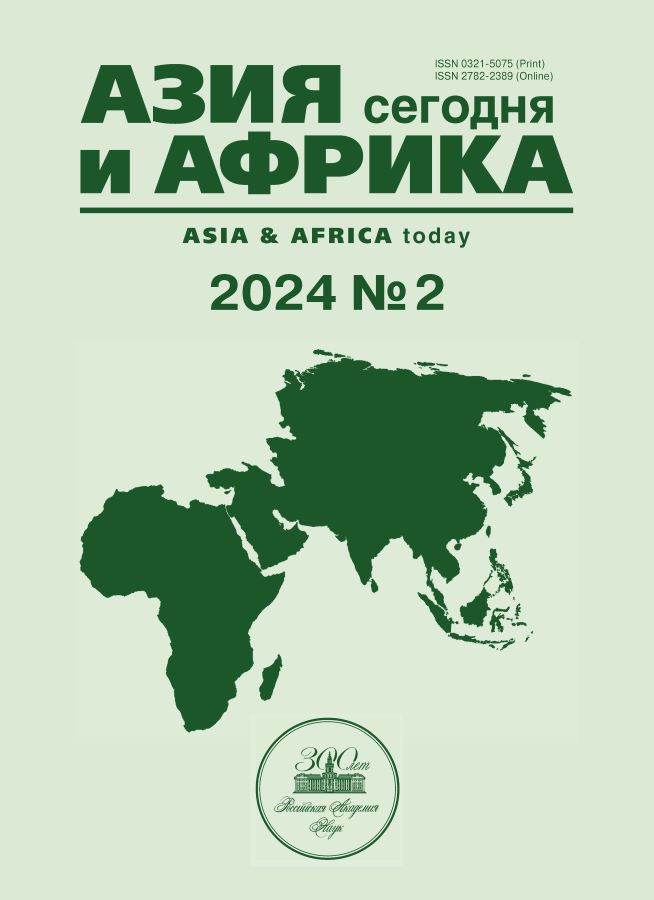Глобальные тенденции развития чистой энергетики
- Авторы: Прокофьев В.А1
-
Учреждения:
- РЭУ им. Г.В.Плеханова
- Выпуск: № 2 (2024)
- Страницы: 41-48
- Раздел: Политика, экономика
- URL: https://consilium.orscience.ru/0321-5075/article/view/647379
- DOI: https://doi.org/10.31857/S032150750028216-9
- ID: 647379
Цитировать
Полный текст
Аннотация
Статья посвящена идентификации долгосрочных (2011–2021 гг.) тенденций развития мировой энергетики. «Чистая» энергетика обеспечивает долгосрочные источники энергии с наименьшими выбросами, что побуждает страны использовать указанные источники. В ходе исследования были выявлены три тенденции. Во-первых, сокращается удельный вес углеводородов в потреблении энергии (нефть и продукты нефтепереработки, уголь, природный газ). Ископаемое топливо постепенно замещается низкоуглеродными альтернативами. Во-вторых, инвестиции в новые мощности ВИЭ увеличиваются для выполнения климатических обязательств и достижения целей стран – эмитентов парниковых газов; наконец, наблюдается рост спроса со стороны Китая и Южной Азии на «чистые» источники энергии. Проблема концентрации инвестиций в ВИЭ в развитых странах и Китае усугубляет проблему доступа развивающихся стран к источникам энергии. Расширяется использование инструментов и технологий поддержки «чистых» источников энергии, таких как спотовые рынки, аукционы и тендеры, технологии улавливания углекислого газа, ядерная и водородная энергетика, корпоративные соглашения.
Об авторах
В. А Прокофьев
РЭУ им. Г.В.Плеханова
Email: ghjr12@mail.ru
ORCID iD: 0000-0002-4428-1233
соискатель, кафедра мировой экономики Москва, Россия
Список литературы
- Лебедева М.А. Особенности развития северных регионов на основе использования альтернативной энергетики. Научный результат. Экономические исследования. 2021. Т. 7. № 2. С. 13–24. doi: 10.18413/2409-16342021-7-2-0-2.
- Бушукина В.И. Особенности развития возобновляемой энергетики в мире и в России. Финансовый журнал. 2021. № 5. С. 93–107. doi: 10.31107/2075-1990-2021-5-93-107.
- Петров А.М. Исследование трендов развития альтернативной энергетики. Экономические науки. 2022. № 216. С. 71–75. doi: 10.14451/1.216.71.
- Мамедзаде П.У. Анализ современного развития альтернативной энергетики в Европе. Экономика и предпринимательство. 2021. № 7 (132). С. 268–271.
- Avoyan R. Alternative energy: types of wind power plants and their impact on the environment. Известия высоких технологий. 2021. № 2 (16). С. 25–29.
- Vivek C.M., Ramkumar P., Srividhya P.K., Sivasubramanian M. Recent strategies and trends in implanting of renewable energy sources for sustainability. A review. Materials Today: Proceedings, 2021, Vol. 46, Part 17, pp. 8204– 8208. doi: 10.1016/j.matpr.2021.03.208
- Lambert J., Tinsley M., Rogers T. The Global Green Economy: Understanding and capturing the opportunity. Oxford Economics, 2023.
- McKinsey. The Inflation Reduction Act: Here’s What’s in It. October 24, 2022. https://mckinsey.com/industries/publicand-social-sector/our-insights/the-inflation-reduction-act-hereswhats-in-it (accessed 10.10.2023)
- Desmornes R. The Inflation Reduction Act ‘Pumps Up’ Heat Pumps, HVAC, November 4, 2022. https://live-hvacci.pantheonsite.io/resources/inflation-reduction-act-heat-pump-rebates (accessed 10.10.2023)
- IEA Global Energy Crisis. https://www.iea.org/topics/global-energy-crisis (accessed 08.11.2023)
- IRENA. Capacity statistics. https://mc-cd8320d4-36a1-40ac-83cc-3389-cdn-endpoint.azureedge.net/-/media/Files/IRENA/Agency/Publication/2023/Mar/IRENA_RE_Capacity_Statistics_2023.pdf?rev=d2949151ee6a4625b65c 828 81403c2a7 (accessed 25.10.2023)
- BloombergNEF, Energy Transition Investment Trends: Executive Summary, 2023. https://about.bnef.com/energy-transition-investment (accessed 08.11.2023)
Дополнительные файлы











